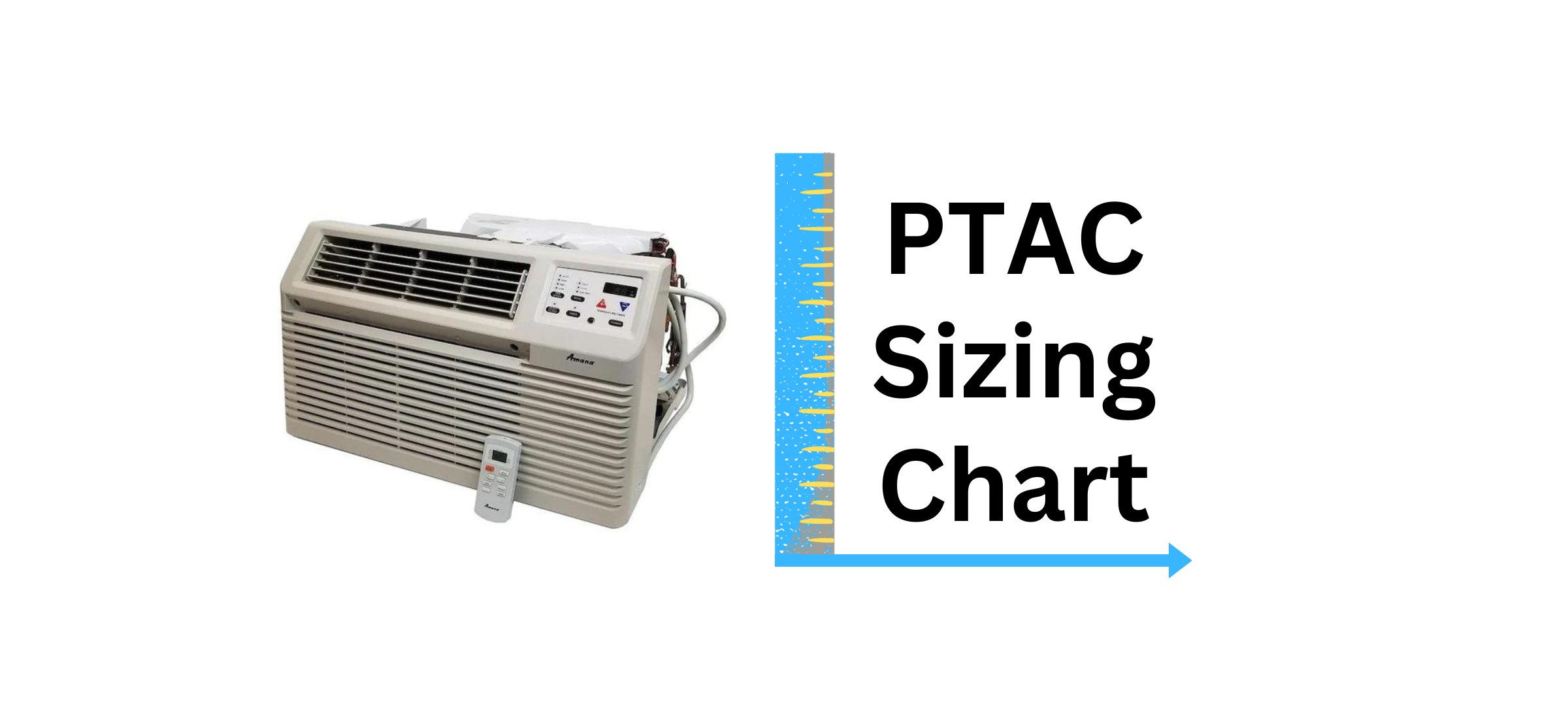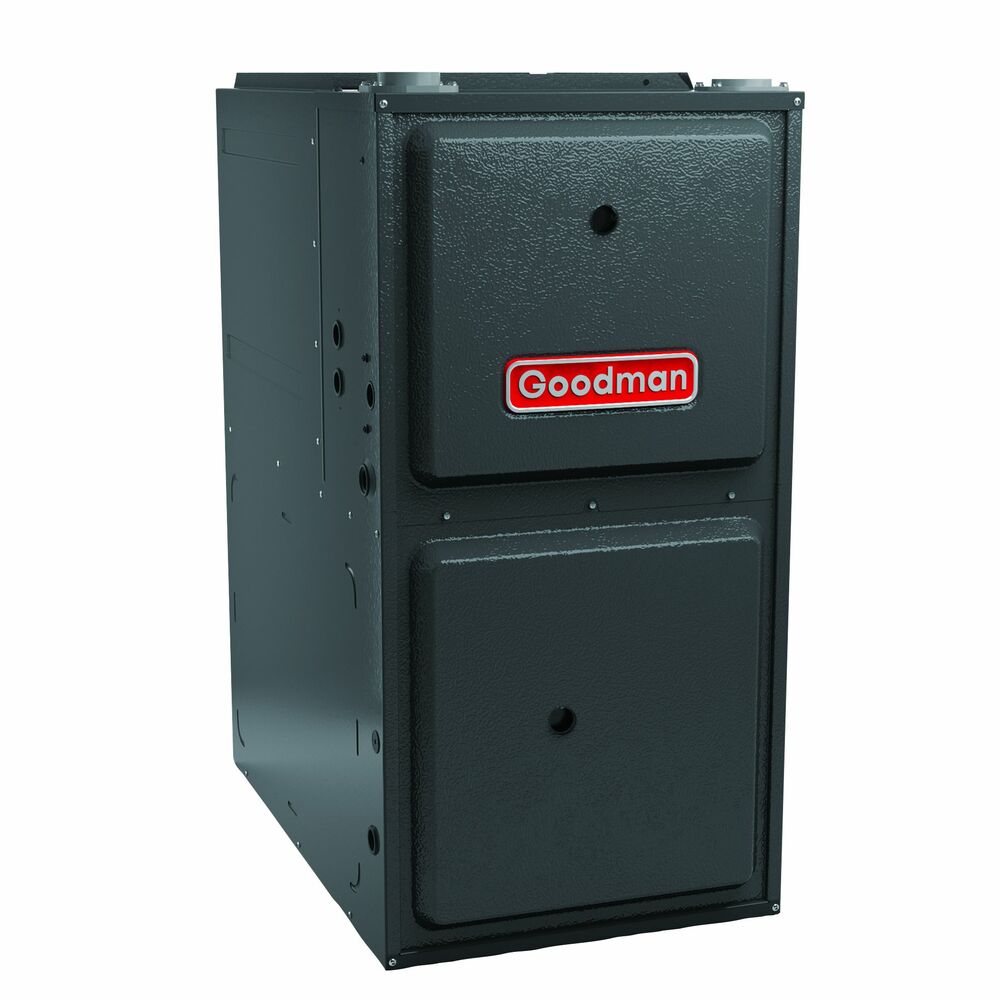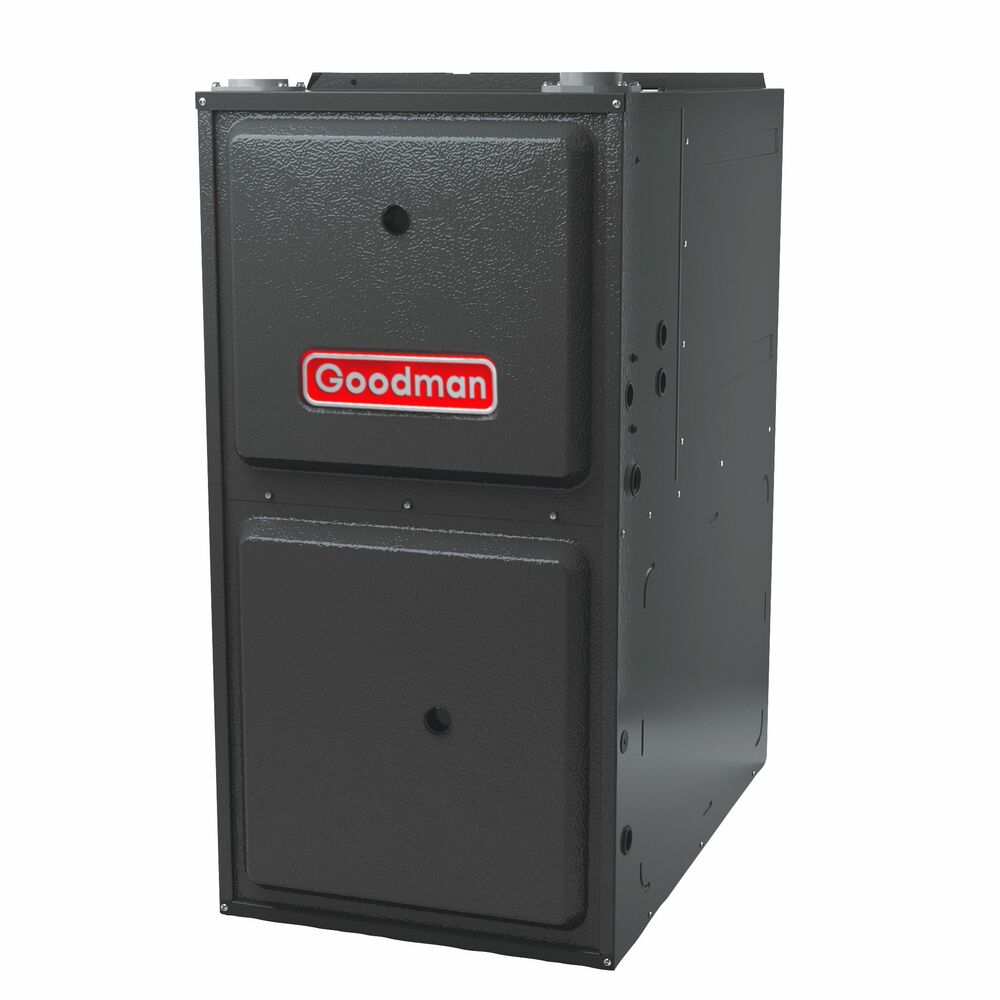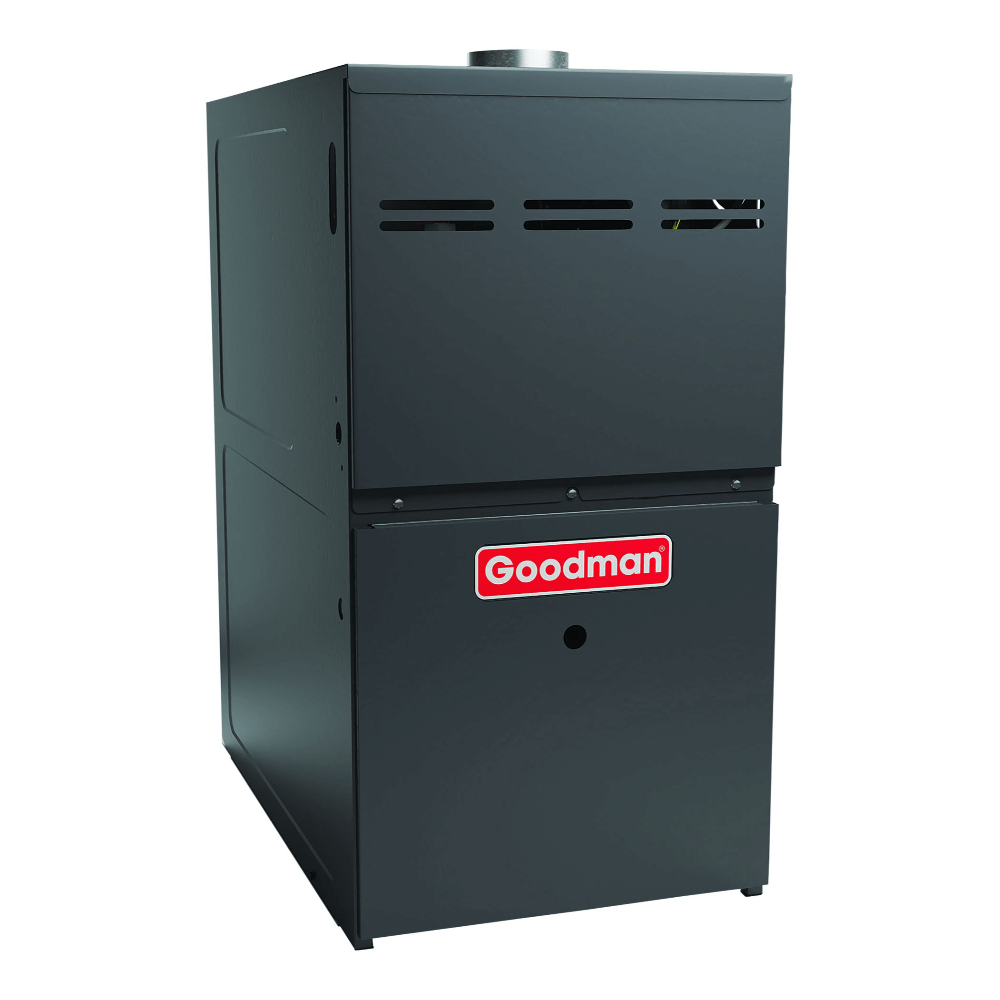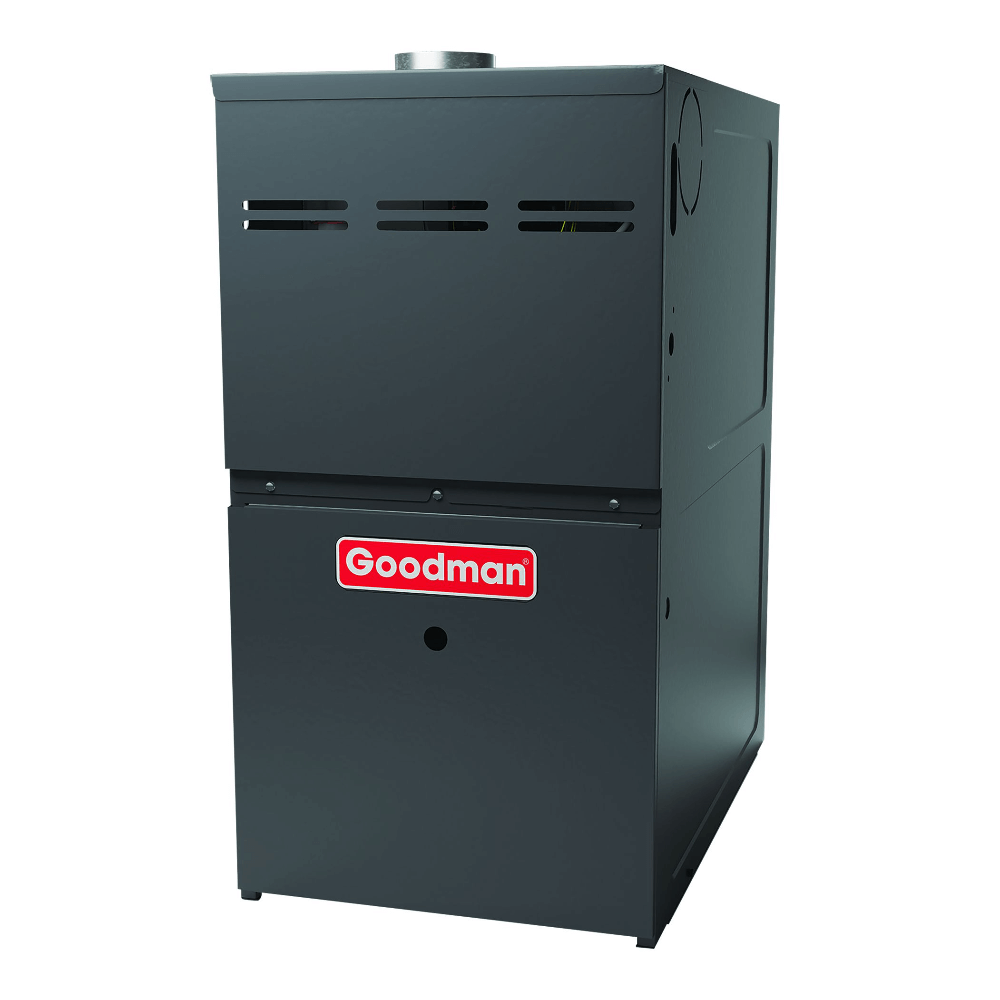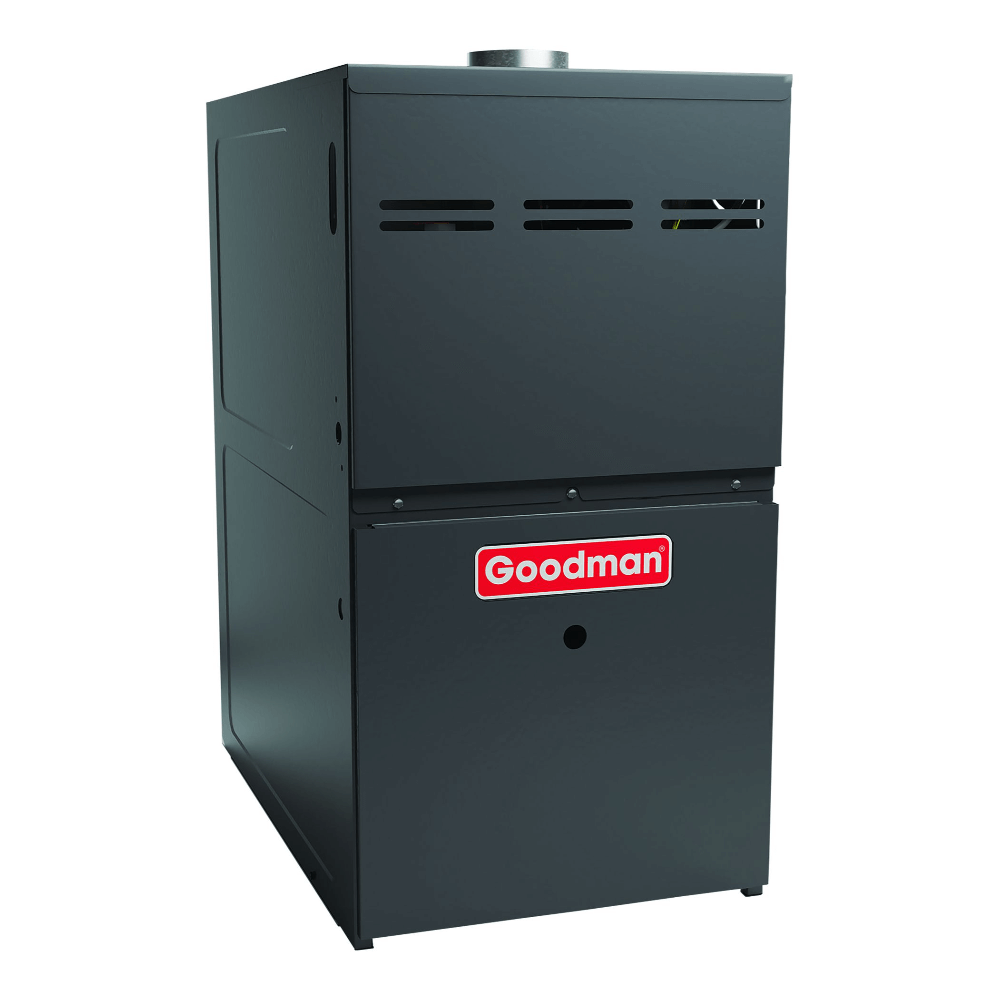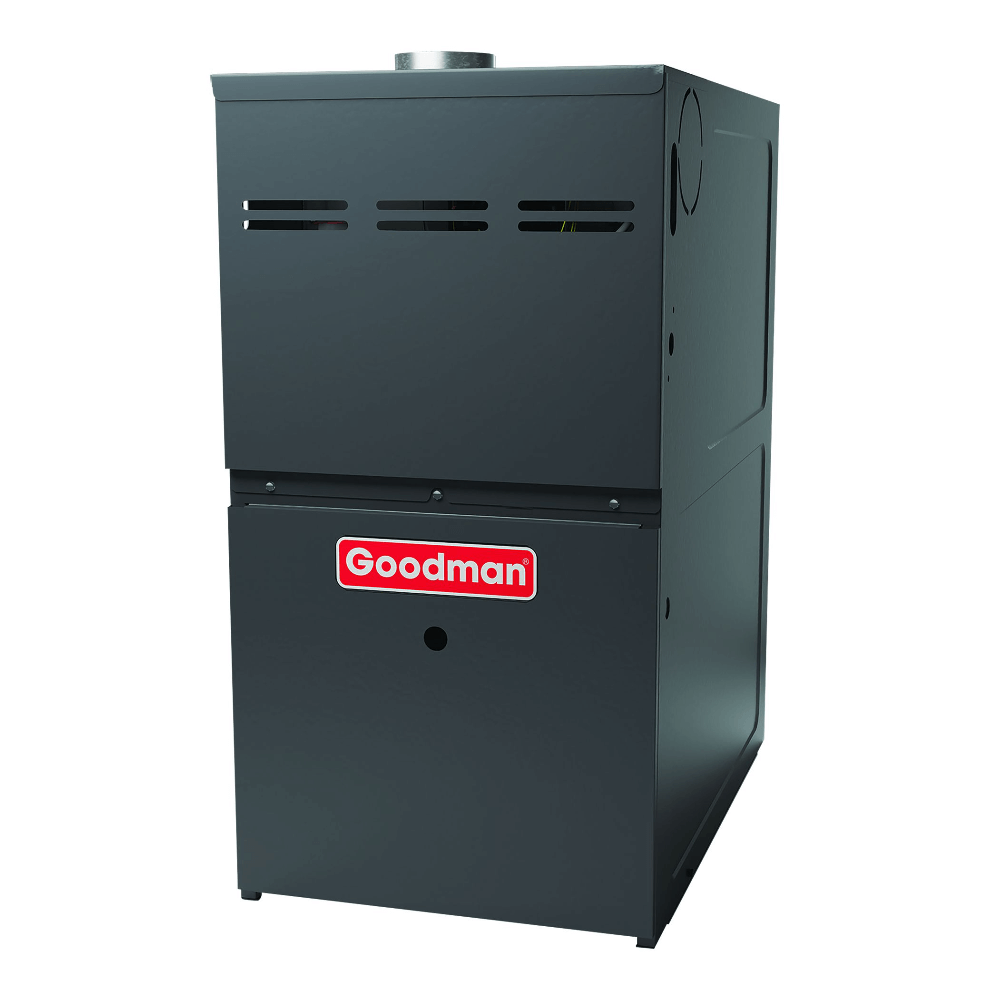PTAC Sizing Chart and Guide
Hotel Air Conditioner
To make sure that a PTAC (Packaged Terminal Air Conditioner) unit adequately cools and heats the room or space it's meant for, proper sizing is essential. According to the unique characteristics of the space that needs conditioning, the cooling and heating capacity of the unit is calculated during the sizing procedure. The simplified table that is provided below can assist you in determining the ideal PTAC size for your requirements. Remember that this is only a general recommendation; for an accurate sizing calculation, it is best to speak with an HVAC expert.
PTAC Sizing Chart: BTU by Square Foot
| Square Foot | BTU |
| 0-150 | 5,000 |
| 150-200 | 6,000 |
| 200-250 | 7,000 |
| 250-300 | 8,000 |
| 300-350 | 10,000 |
| 350-400 | 12,000 |
| 400-450 | 14,000 |
| 450-500 | 15,000 |
| 500-600 | 18,000 |
| 600-700 | 20,000 |
| 700-800 | 22,000 |
| 800-900 | 25,000 |
Below is another perspective on BTU by Square Foot for PTAC Units.
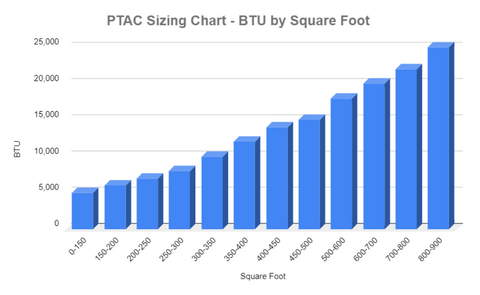
How To Get More Precise With Sizing Your PTAC:
Identify the Climate Zone: Take into account the local climate. You'll require greater cooling capacity if you reside in a hot, humid region. On the other hand, heating capability is more important in colder climates.
Cooling Capacity: Generally, you'll need around 20 BTUs (British Thermal Units) of cooling capacity per square foot in a moderately hot climate. For example, for a 300-square-foot room, you'd need approximately 6,000 BTUs (300 sq. ft. x 20 BTU/sq. ft.).
Heating Capacity: For heating capacity, you can use a similar calculation. In milder climates, you may need around 10-15 BTUs per square foot. In colder climates, you might require more. So, for the same 300-square-foot room, you might need 3,000 to 4,500 BTUs for heating.
Choose the Right PTAC Model: Opt for a PTAC unit that roughly resembles the cooling and heating capacities determined in the above two steps. You should aim for a PTAC unit that somewhat exceeds your estimated needs rather than one that is severely undersized because it comes in a variety of capacities.
Other Considerations: Take into account any particular elements, such as room insulation, ceiling height, windows, and the number of inhabitants, that can have an impact on the cooling and heating requirements.
Consult a specialist: It's best to speak with an HVAC expert if you're unclear about the size or if your room has special features. In order to ascertain the precise cooling and heating requirements for your particular situation, they can do a Manual J load calculation.
What Does PTAC Stand For?
The abbreviation PTAC stands for "Packaged Terminal Air Conditioner." In hotels, motels, apartment complexes, hospitals, and other types of commercial and residential areas, this kind of self-contained heating and cooling system is frequently employed. PTAC units are frequently seen below windows and are intended to be inserted via an outside wall.
Key features of PTAC units include:
Heating and Cooling: PTAC devices have the ability to both heat and chill spaces. They are individually programmable, enabling temperature changes based on individual comfort preferences.
Self-Contained: PTAC units are self-contained systems, which means they include all of the heating and cooling equipment needed in a single unit. This consists of a blower fan, condenser, evaporator, and compressor.
Thermostat Control: PTAC units frequently come with thermostats and controls built-in, allowing customers to easily regulate the temperature they want.
Individual Zoning: In commercial applications like hotels, each PTAC unit can be controlled separately, allowing for individual temperature control in different rooms.
Easy Installation: They are made to be reasonably simple to install via a wall opening, and they frequently come with a trim kit to give the building's inside and exterior a neat and finished appearance.
Ductless: PTAC units are ductless systems, which means that they don't need a lot of ductwork to distribute air.
Energy Efficiency: Modern PTAC units are made to be energy-efficient, and many versions come equipped with sophisticated controls and energy-saving modes.
Air Filtration: To improve interior air quality, certain PTAC units are fitted with air filtration systems that remove dust, pollen, and other airborne pollutants.
Amana Ductless Air Conditioners
Click here to shop our online selection of Amana PTACs.
PTAC units are a cost-effective and convenient way to provide heating and cooling to individual rooms or spaces, making them a popular choice for various applications where localized temperature control is needed.
With this said we at The Furnace Outlet have a wide range of PTAC units available for your requirements, just give us a call or email us and our product specialist will be able to guide you the best, and did we mention that we give you a guarantee for the Lowest Price if you find a similar unit cheaper than us – just let us know and we will beat the price.

